#megalithictomb
Explore tagged Tumblr posts
Photo
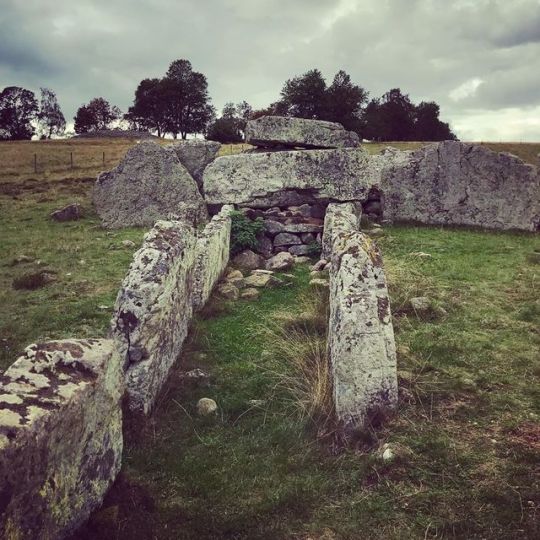
Passage grave at Ekornavallen called Girommen which means the owen of the giant woman built in 3350-3200 BC #passagegrave #megalithictomb #hedmankarl #ekornavallen #girommen https://www.instagram.com/p/B2aAftzC_ja/?igshid=37h3fekaaqe4
0 notes
Photo

The tri-spirals at Newgrange inspire us in many ways. We even integrated them into our logo. This megalithic symbol is often inaccurately referred to as Celtic. Its origins predate the Celts arrival in Ireland by over 2500 years. This piece was created by Wild Rose Pottery. . . . . . #ancientireland #irelandsancienteast #irelandancienteast #newgrange #megalithic #megalithicireland #megalithicmarvels #megalithictomb #trispiral #triplespiral #spiral #megalithicart #wildrosepottery https://www.instagram.com/p/Bw6rH_TnH39/?utm_source=ig_tumblr_share&igshid=1io4c285ei67h
#ancientireland#irelandsancienteast#irelandancienteast#newgrange#megalithic#megalithicireland#megalithicmarvels#megalithictomb#trispiral#triplespiral#spiral#megalithicart#wildrosepottery
0 notes
Photo

trethevy quoit. the monument is a burial chamber of the portal dolmen class, and its surrounding cairn, dating to the neolithic period. it comprises a chamber of large stone slabs, with a massive capstone, set in a low mound. the sub-rectangular chamber has two overlapped side-stones to each side, a back- stone, and a frontal slab set across the centre of the foremost side-stones leaving an antechamber at the front. a single free-standing stone flanks the south side of the frontal slab. the large rectangular capstone rests on the side-stones and has a small rectangular hole cut behind its e corner. all of the chamber slabs are in their original position and upright except the backstone which fell inwards before 1850. it has five cup-mark like hollows carved into its upper surface, whilst the capstone is pierced at its highest point by what appears to be a natural hole. its function is unclear. it has been suggested that its purpose may have been astronomical, although this has not been demonstrated. the chamber is surrounded by clear remains of a low sub-circular cairn on all sides except the area immediately in front of the frontal slab. the cairn extends to a maximum visible distance of 2.5m from the chamber and has an overall diameter of c.6.5m. the monument stands near the corner of a pasture field on a gentle se facing slope, near the summit of a low hill overlooking the upper tributaries of the river seaton. the monument lies in the much-dissected landscape bordering the s edge of the bodmin moor granite. this monument has been described in antiquarian and archaeological literature since 1584 and is one of the most frequently mentioned archaeological monuments of cornwall. #trethevyquoit #monument #portaldolmen #dolmen #antiquity #carn #cairn #quoit #cornwallarcheology #archaeology #holed stone #holedcapstone #capstone #megalithicarchitecture #megalith #megalithictomb #neolithic more at montagecity.com https://instagr.am/p/B_aL9eWHqxt/
4 notes
·
View notes
Photo
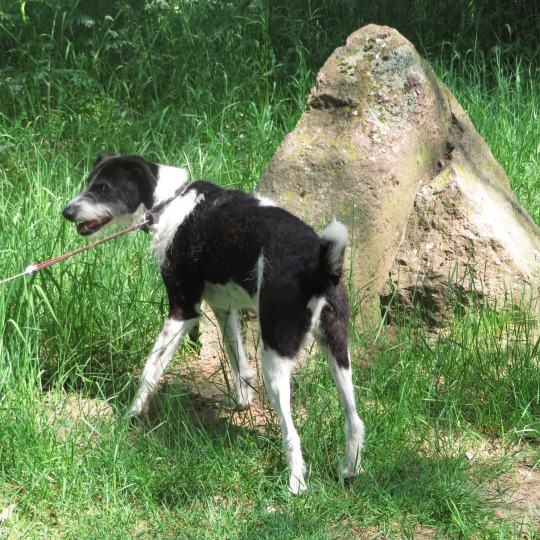
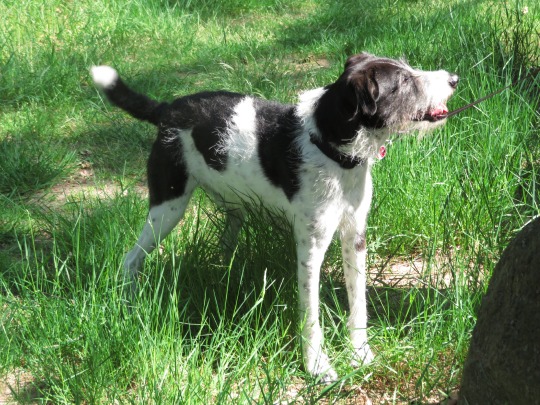

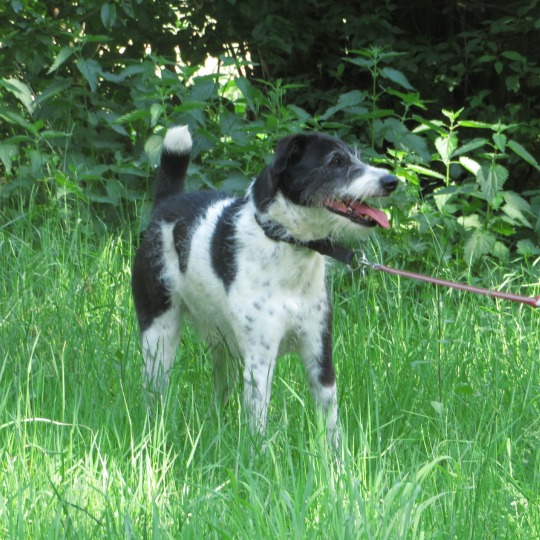
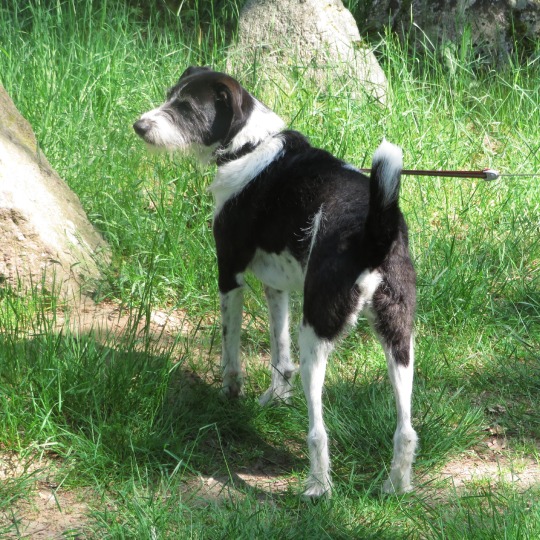
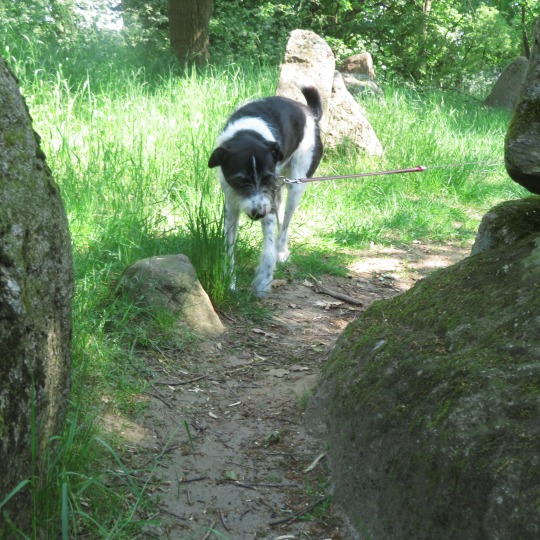
Dive erkundigt ein Großsteingrab | Dive explores a megalithic tomb
#Dive#Hund#Dog#Großsteingrab#Megalithictomb#Hünenbett#Longbarrow#Jungsteinzeit#Neolithicage#Neolithic#Altenmedingen#Niedersachsen#LowerSaxony
3 notes
·
View notes
Photo
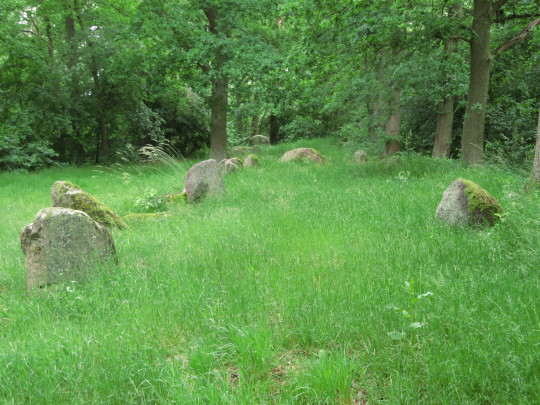
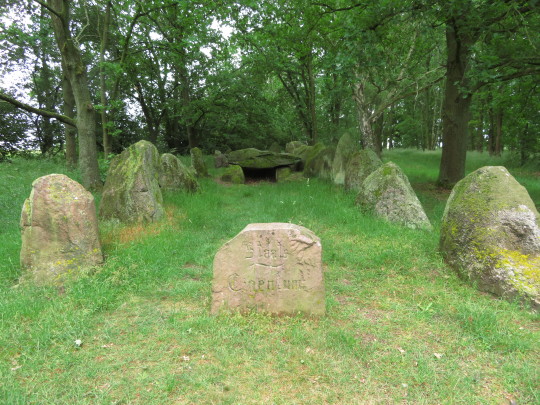


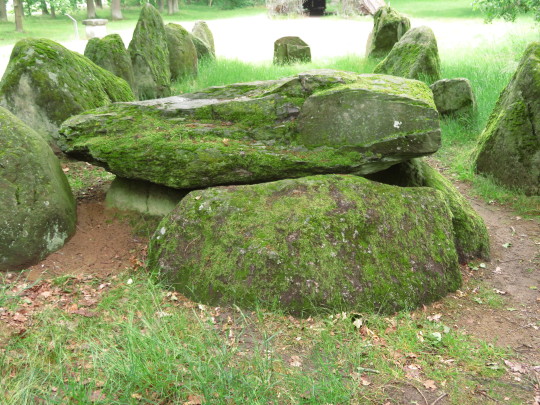


Großsteingräber bei Altenmedingen, erneut besucht
Megalithic tombs nearby Altenmedingen revisited
Späte Jungsteinzeit, 3500 - 2800 v. Chr. | Late Neolithic age, 3500 - 2800 BC
#Großsteingrab#Megalithictomb#Hünenbett#Longbarrow#Jungsteinzeit#Neolithikum#Neolithicage#Altenmedingen#Niedersachsen#LowerSaxony
12 notes
·
View notes
Photo

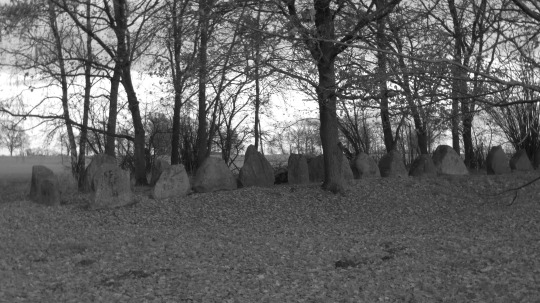
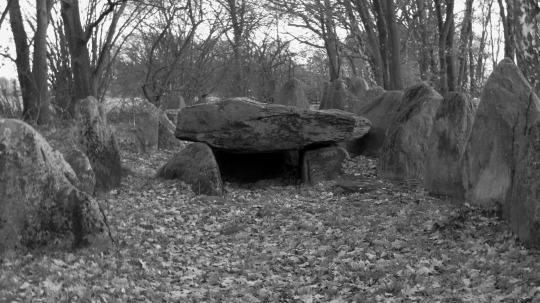
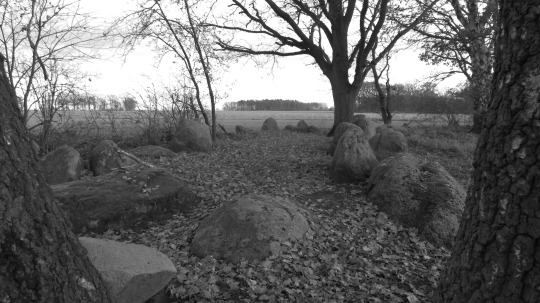
Großsteingräber bei Altenmedingen, erneut besucht
Megalithic tombs nearby Altenmedingen revisited
Späte Jungsteinzeit, 3500 - 2800 v. Chr. | Late Neolithic age, 3500 - 2800 BC
#Großsteingrab#Megalithictomb#Hünenbett#Longbarrow#Jungsteinzeit#Neolithikum#Neolithicage#Altenmedingen#Niedersachsen#LowerSaxony#schwarzweiß#blackandwhite
3 notes
·
View notes
Photo
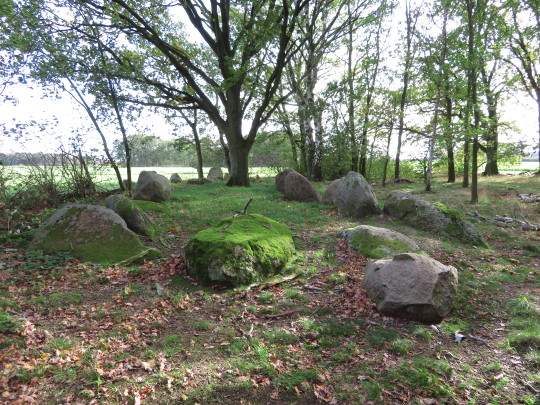
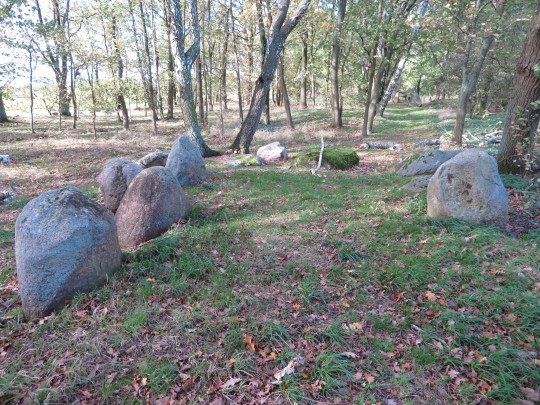
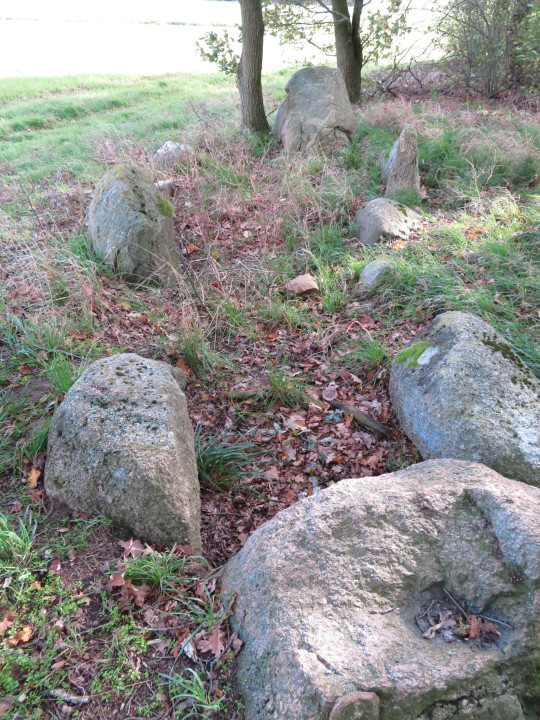
Großsteingrab | Megalithic tomb
Altenmedingen III
(lteilweise zerstört | partially destroyed)
Späte Jungsteinzeit, 3500 - 2800 v. Chr. | Late Neolithic age, 3500 - 2800 BC
#Großsteingrab#Megalithictomb#Hünenbett#Longbarrow#Jungsteinzeit#Neolithikum#Neolithicage#Altenmedingen#Niedersachsen#LowerSaxony
3 notes
·
View notes
Photo
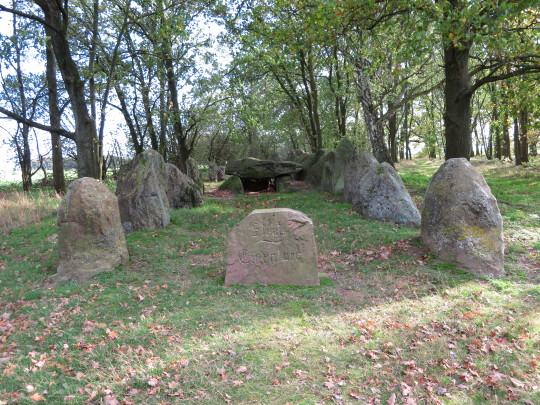

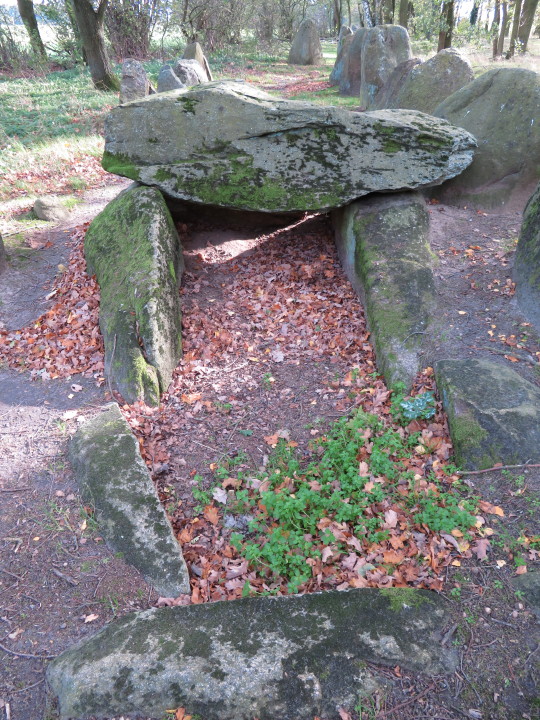
Großsteingrab | Megalithic tomb
Altenmedingen II
Späte Jungsteinzeit, 3500 - 2800 v. Chr. | Late Neolithic age, 3500 - 2800 BC
#Großsteingrab#Megalithictomb#Hünenbett#Longbarrow#Jungsteinzeit#Neolithikum#Neolithicage#Altenmedingen#Niedersachsen#LowerSaxony
3 notes
·
View notes
Photo



Großsteingrab | Megalithic tomb
Altenmedingen I
Länge: | Length: 52 m
Späte Jungsteinzeit, 3500 - 2800 v. Chr. | Late Neolithic age, 3500 - 2800 BC
#Großsteingrab#Megalithictomb#Hühnenbett#Longbarrow#Jungsteinzeit#Neolithikum#Neolithicage#Altenmedingen#Niedersachsen#LowerSaxony
2 notes
·
View notes
Photo
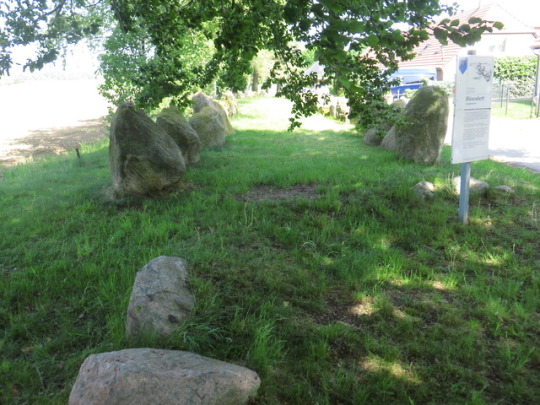
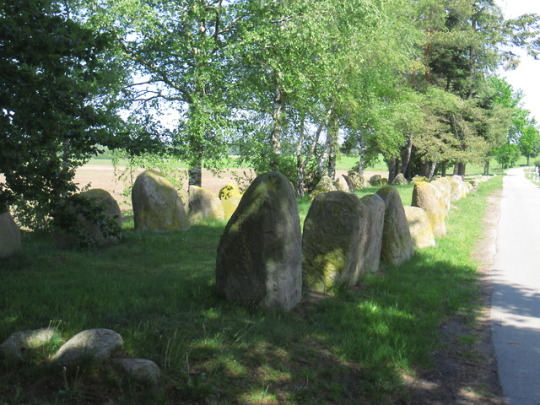
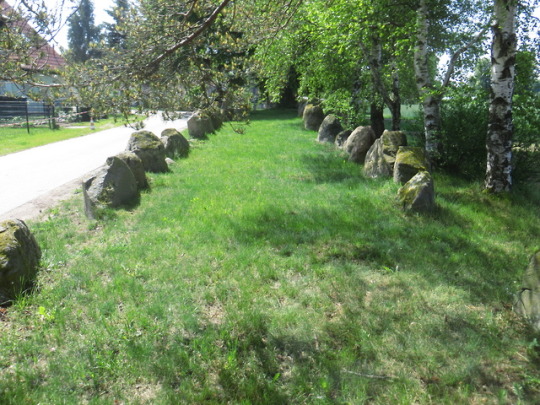
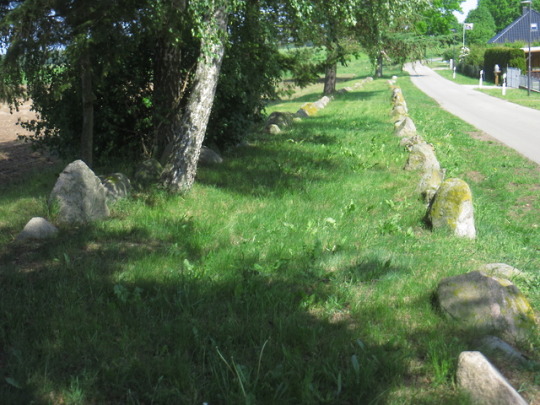
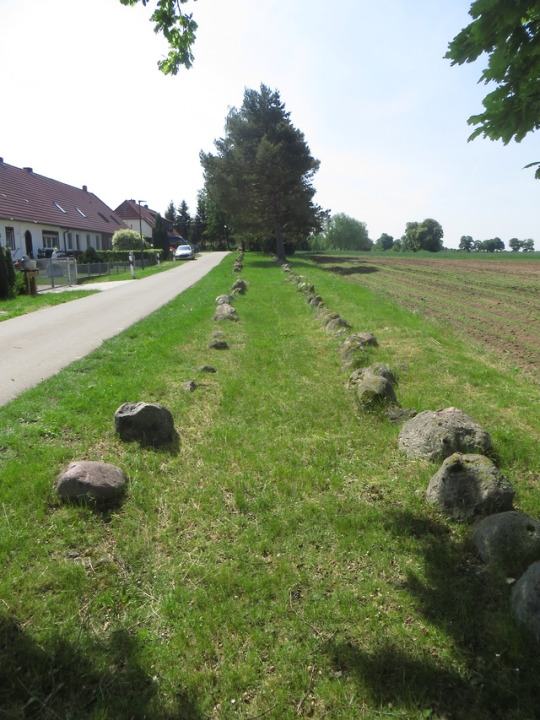
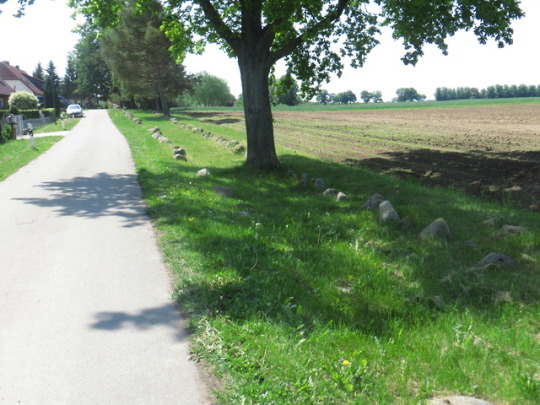
Großsteingrab Stralendorf | Megalithic tomb at Stralendorf
- ein Hünenbett ohne Grabkammer | - a long barrow without a burial chamber
Länge 125 m | Length 125 m
3500 - 2800 v. Chr. | 3500 - 2800 BC
#Großsteingrab#Megalithictomb#Hünenbett#Longbarrow#Jungsteinzeit#Neolithikum#Neolithicage#Stralendorf#MecklenburgVorpommern#MecklenburgHitherPomerania
1 note
·
View note
Photo

Dolmen bei Kuhholzberg / Birkenmoor, Schwedeneck
Dolmen nearby Kuhholzberg / Birkenmoor, Schwedeneck
3.500 - 2.800 v. Chr. | 3.500 - 2.800 BC
#Dolmen#Großsteingrab#Megalithictomb#Jungsteinzeit#Neolithikum#Neolithicage#Kuhholzberg#Birkenmoor#Schwedeneck#SchleswigHolstein
2 notes
·
View notes
Photo
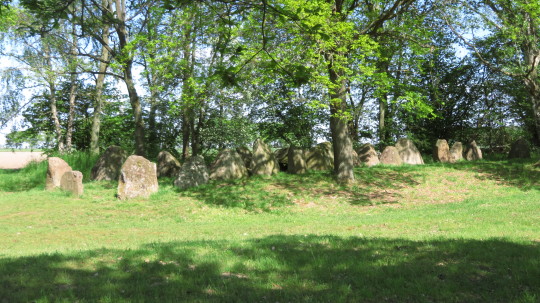
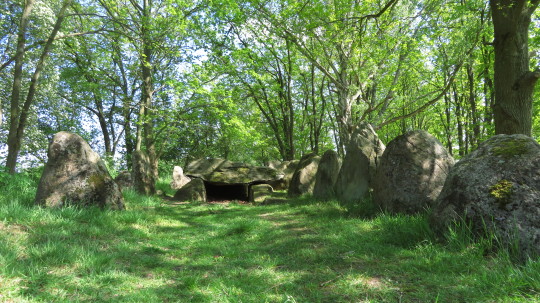

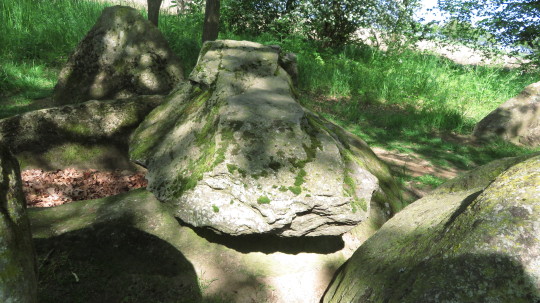
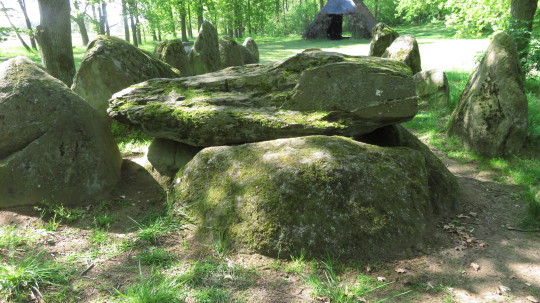

Eines von drei Großsteingräbern bei Altenmedingen, erneut besucht
One of three megalithic tombs nearby Altenmedingen revisited
Späte Jungsteinzeit, 3500 - 2800 v. Chr. | Late Neolithic age, 3500 - 2800 BC
#Großsteingrab#Megalithictomb#Hünenbett#Longbarrow#Jungsteinzeit#Neolithikum#Neolithicage#Altenmedingen#Niedersachsen#LowerSaxony
2 notes
·
View notes
Photo


Dolmen und zwei Grabhügel bei Birkenmoor, Schwedeneck
Dolmen and two burial mounds nearby Birkenmoor, Schwedeneck
3.500 - 2.800 v. Chr. | 3.500 - 2.800 BC
#Dolmen#Großsteingrab#Megalithictomb#Grabhügel#Burialmound#Jungsteinzeit#Neolithicum#Neolithicage#Birkenmoor#Schwedeneck#SchleswigHolstein
1 note
·
View note